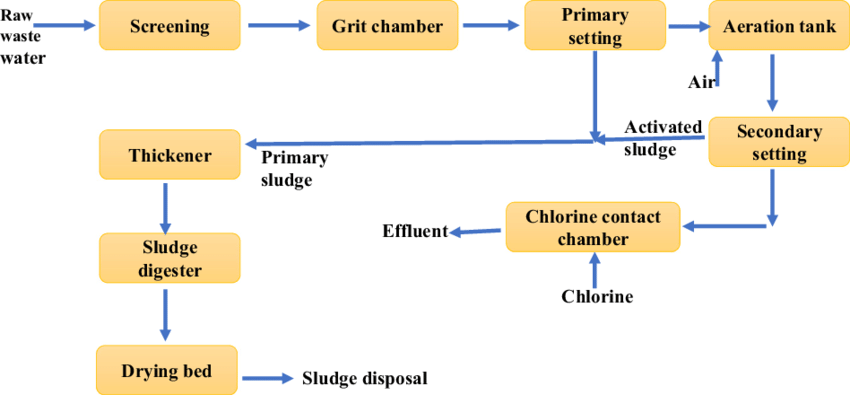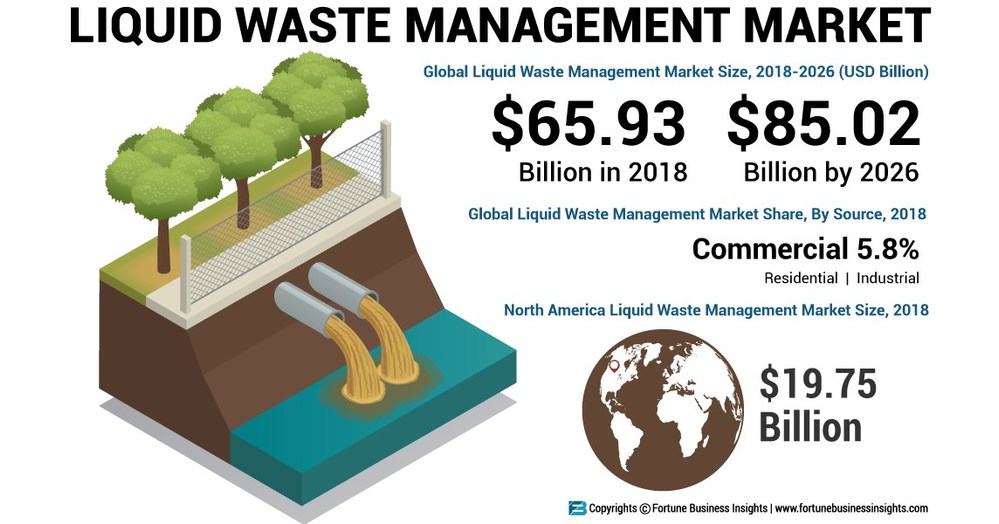What Does Reclaim Waste Do?
What Does Reclaim Waste Do?
Blog Article
What Does Reclaim Waste Do?
Table of ContentsReclaim Waste for DummiesAll about Reclaim WasteSome Of Reclaim WasteThe 2-Minute Rule for Reclaim WasteReclaim Waste Fundamentals ExplainedThe 7-Second Trick For Reclaim Waste

Never put dangerous compounds down sinks, toilets or stormwater drains Substances consisting of gas, oil, oil, pesticides and herbicides, and solvents such as paint strippers need to not be poured down sinks, bathrooms or stormwater drains pipes. These materials are challenging to eliminate in the sewer treatment process and trigger pollution problems in our regional rivers.

Although fluid waste is a term that covers a wide variety of materials, there's a great reason that leaving its disposal to the professionals is suggested. Fluid waste is non-solid product that has no further use and should be dealt with and taken care of according to local, state and federal guidelines.
Indicators on Reclaim Waste You Need To Know
Although examples of liquid waste can include wastewater, fats, oils or grease, used oil, fluids, solids, gases or sludges and dangerous home liquids, there are some that are taken into consideration to be extra hazardous than others when it concerns the environment and the health of pets and human beings alike. It's consequently that each state and region have strict regulations connected to liquid waste management.
Fluid waste can be kept in holding tanks or packaged in drums, intermediate mass containers or authorized small containers prior to either being dealt with or eliminated via outsourced vacuum cleaner vehicles. Offered the nature of the products, fluid waste can not go in the basic waste stream and there are rigorous policies on just how to get rid of it properly.
(https://www.ted.com/profiles/48198485/about)Depending upon a decision of the level of risk, it might be required to remediate those websites. Furthermore, hazardous fluid chemical wastes are controlled waste and must be tracked based on the state waste legislation. Under the chain of custody and duties, owners are liable and liable for waste created by a service.
One of the core applications for superabsorbent polymers (SAPs) is fluid waste solidification. industrial wastewater treatment. SAPs are used by waste management experts to avoid possibly dangerous fluids from going into rivers, groundwater aquifers, and other delicate atmospheres. Due to the fact that fluids can quickly transport pollutants into environmental receptors and potentially add to geotechnical failures, liquid wastes are virtually always forbidden from disposal in landfills
10 Simple Techniques For Reclaim Waste
Generally, cost-free fluids are fluids that divide from the strong section of waste product. Fluid waste can consist of the following: HDD mud and cuttings Land fill leachate Wastewater therapy sludge & biosolids Dug up debris Oil and gas drill cuttings Settling pond muck Hydro Excavation slurry Coal burning residuals/ash Tank base sludge Concrete grinding/polishing slurry Relevant Write-up: For a sensible instance of cost-free fluids dividing from waste material, consider the following scenario: A waste administration specialist loads a dump associate sludge from a wastewater treatment plant's aeration basin, during a regular upkeep event.
When the vehicle driver gets here at the garbage dump, he notices water seeping from the sludge and putting from the dump truck. The load was declined by the landfill and the vehicle driver was compelled to take care of the waste as a fluid waste at a special center, which boosted the disposal charges significantly.
We also require to be responsible for the correct disposal of our waste materials. It is not sufficient that we pay waste disposal companies to take treatment of our rubbish.
Fascination About Reclaim Waste

Segregating your waste can start inside the home. Segregate completely dry and fluid waste as well as edible waste, biodegradable and non-biodegradable materials.
You can utilize old trash can, bucket, garden pot or old plastic drums. Drill four to five openings in the container so the air can circulate. Layer all-time low with soil to take in the damp waste. Start the composting process. Layer the garden compost with damp and completely dry waste along with soil to maintain a balance between the wet and the dry.
The Definitive Guide to Reclaim Waste
Cover the garden compost container. Once a week, add dirt in addition to the compost. To help with faster decomposition, you can additionally include semi composted soil to the compost. Keep the garden compost. If you discover the smell is becoming also solid, add added papers and paper waste or include even more openings to the compost bin to maintain the balance of the home waste products.
We also require to be responsible for the correct disposal of our waste materials. It is not sufficient that we pay waste disposal business to take care of our rubbish.
Our waste, our obligation. Have you ever before questioned what occurs to your liquid waste after it's accumulated? Did you recognize that liquid waste can be reused? As liable people, you ought to comprehend what happens to your rubbish and where it goes after it is taken away from you. Understanding the liquid waste elimination process is very important in helping you to segregate your waste.
Reclaim Waste Things To Know Before You Buy
Segregating your waste can begin inside the home. Set apart completely dry and liquid waste as well as edible waste, biodegradable and non-biodegradable materials.
You can make use of old trash container, bucket, yard pot or old plastic drums. Pierce 4 to five openings in the container so the air can flow. Layer all-time low with dirt to take in the wet waste. Start the composting procedure. Layer the garden compost with damp and completely dry waste as well as soil to maintain an equilibrium in between the wet and the completely dry.
Cover the garden compost bin. Once a week, include dirt in addition to the garden compost. To help with faster decomposition, you can additionally include semi composted soil to the garden compost. Keep the compost. If you notice the scent is coming to be as well strong, add extra newspapers and paper waste or include even more openings to the compost bin to keep the balance of the waste products.
Report this page